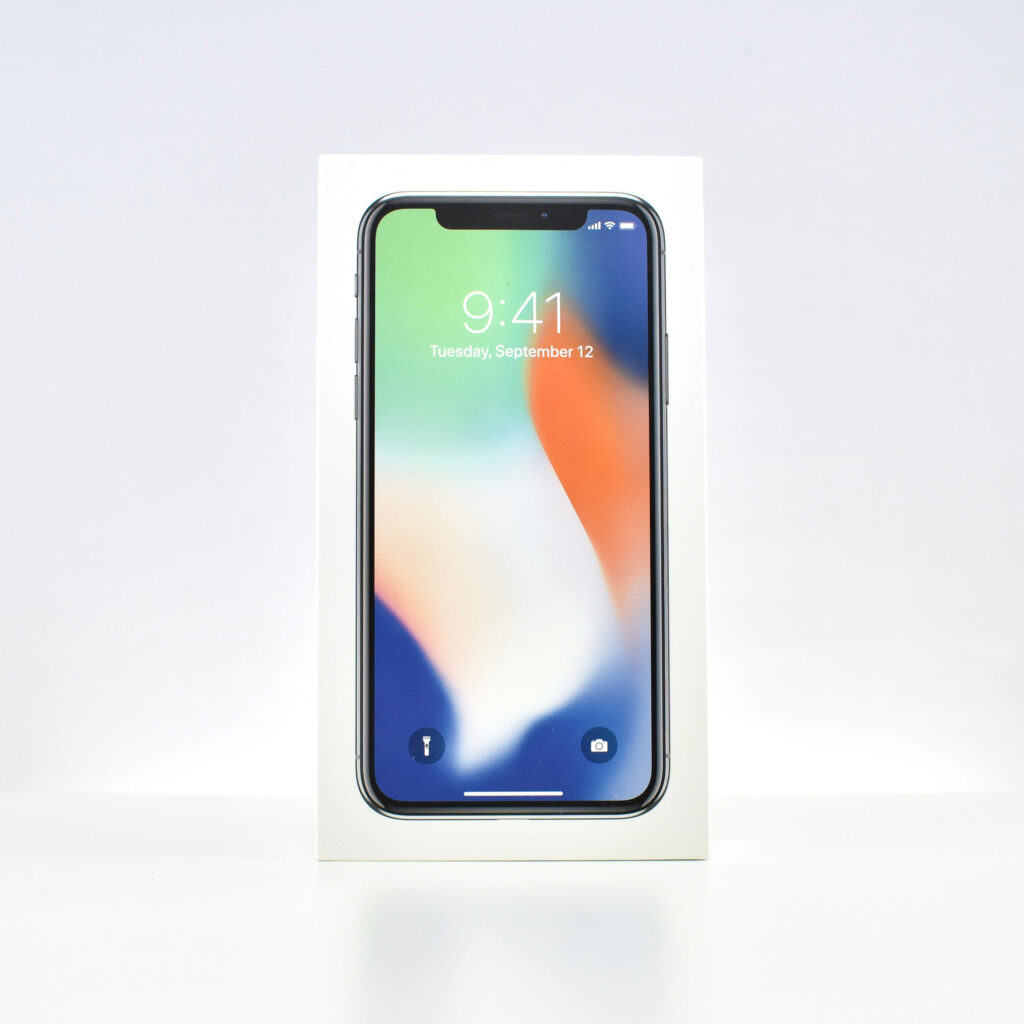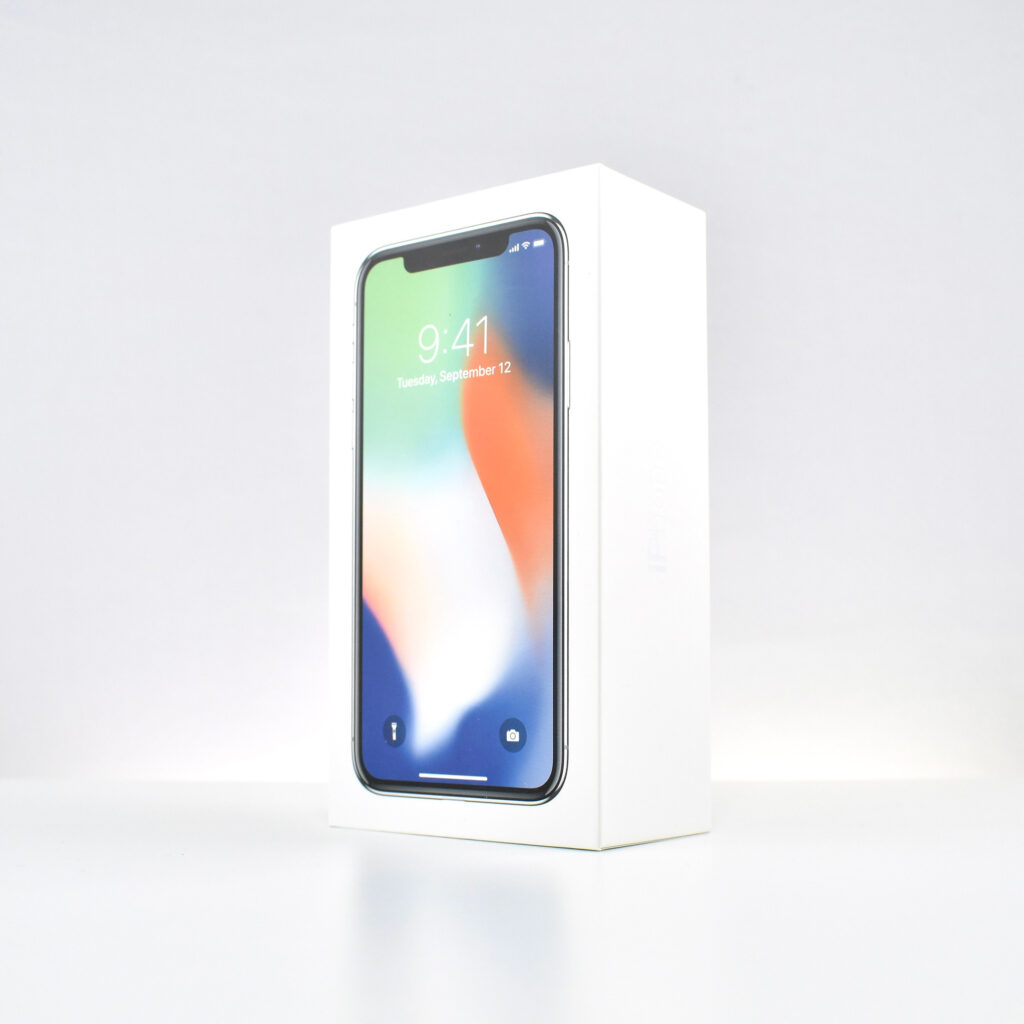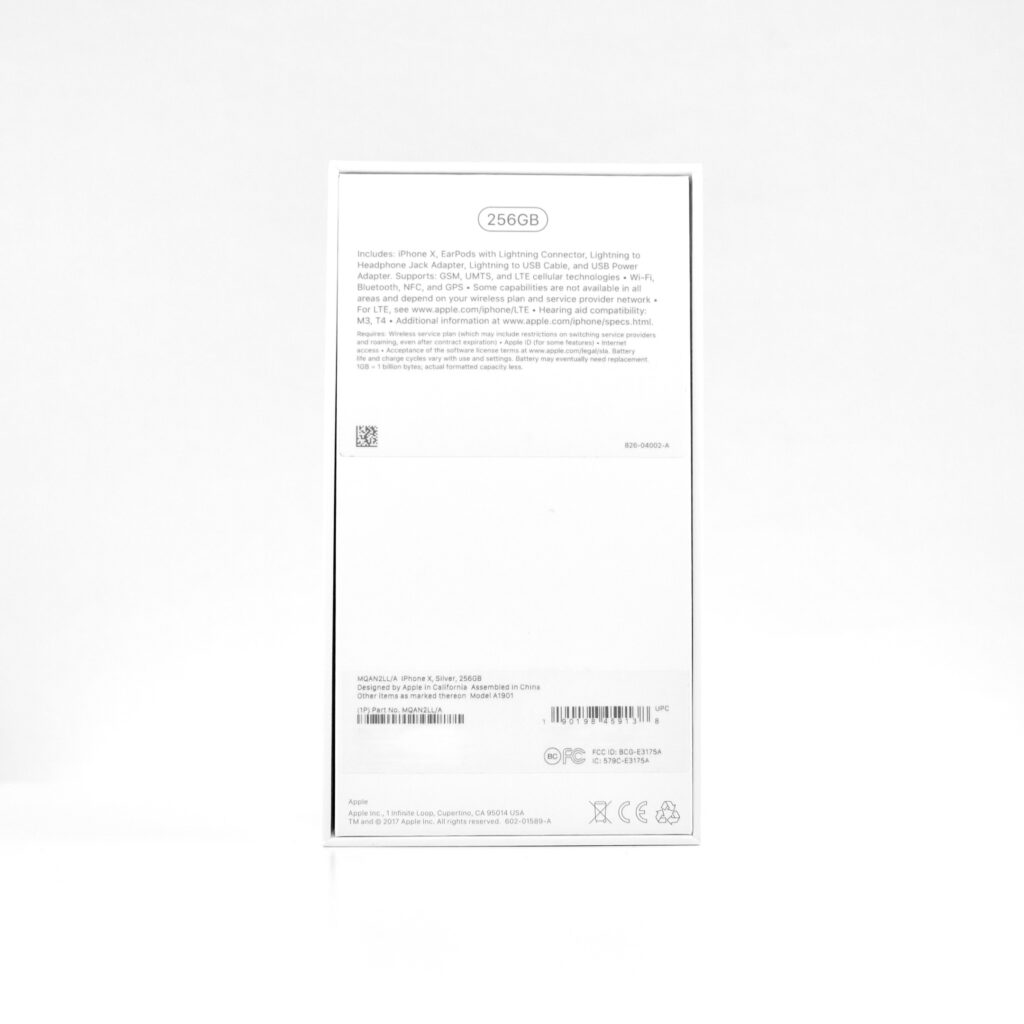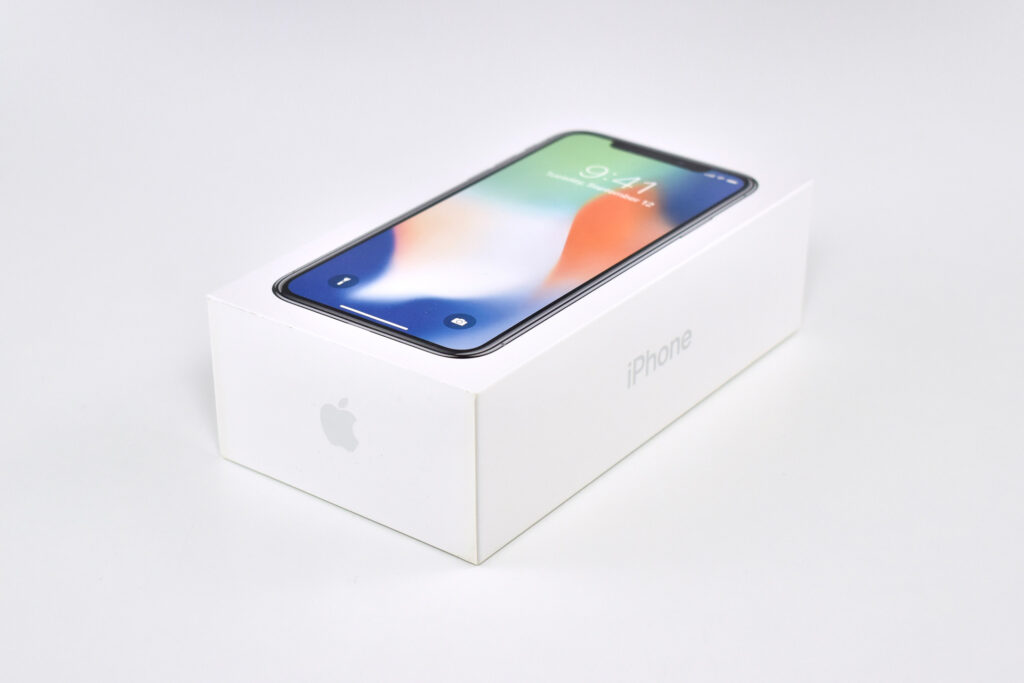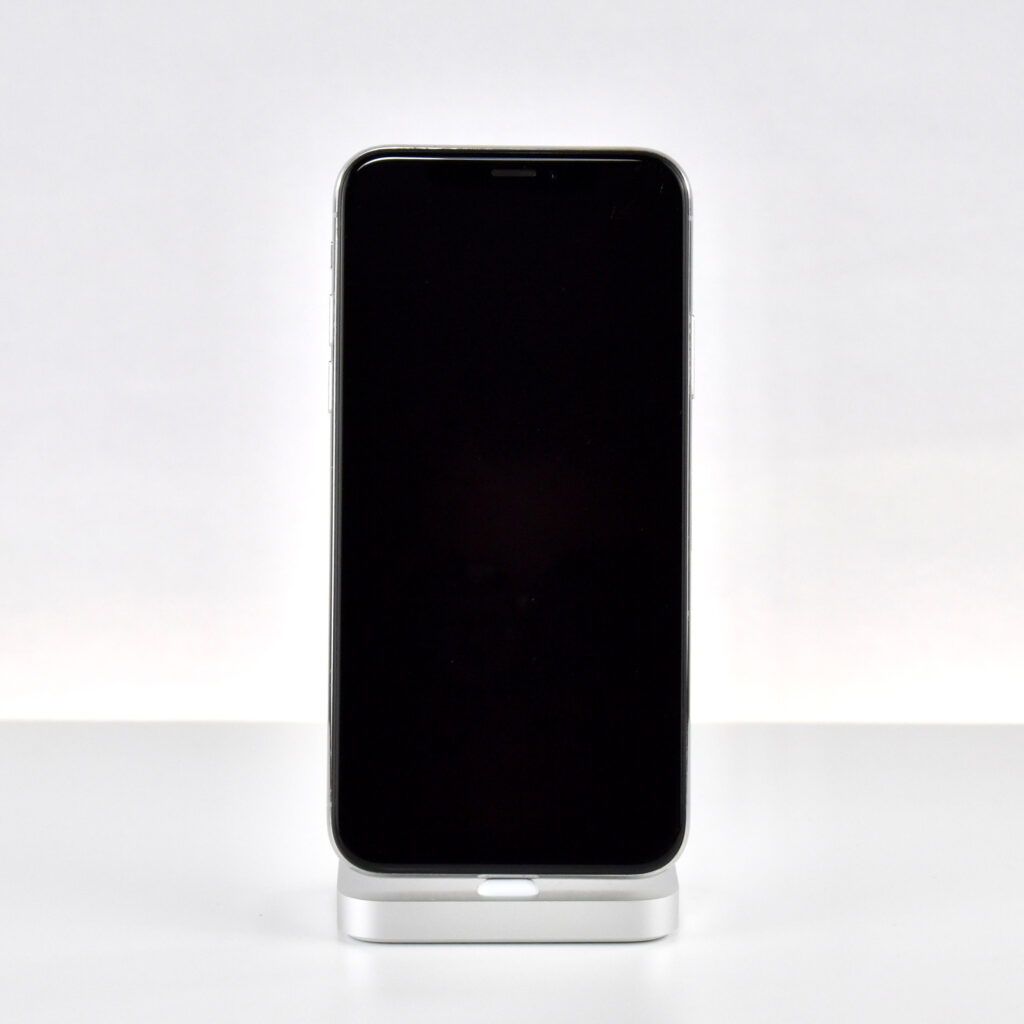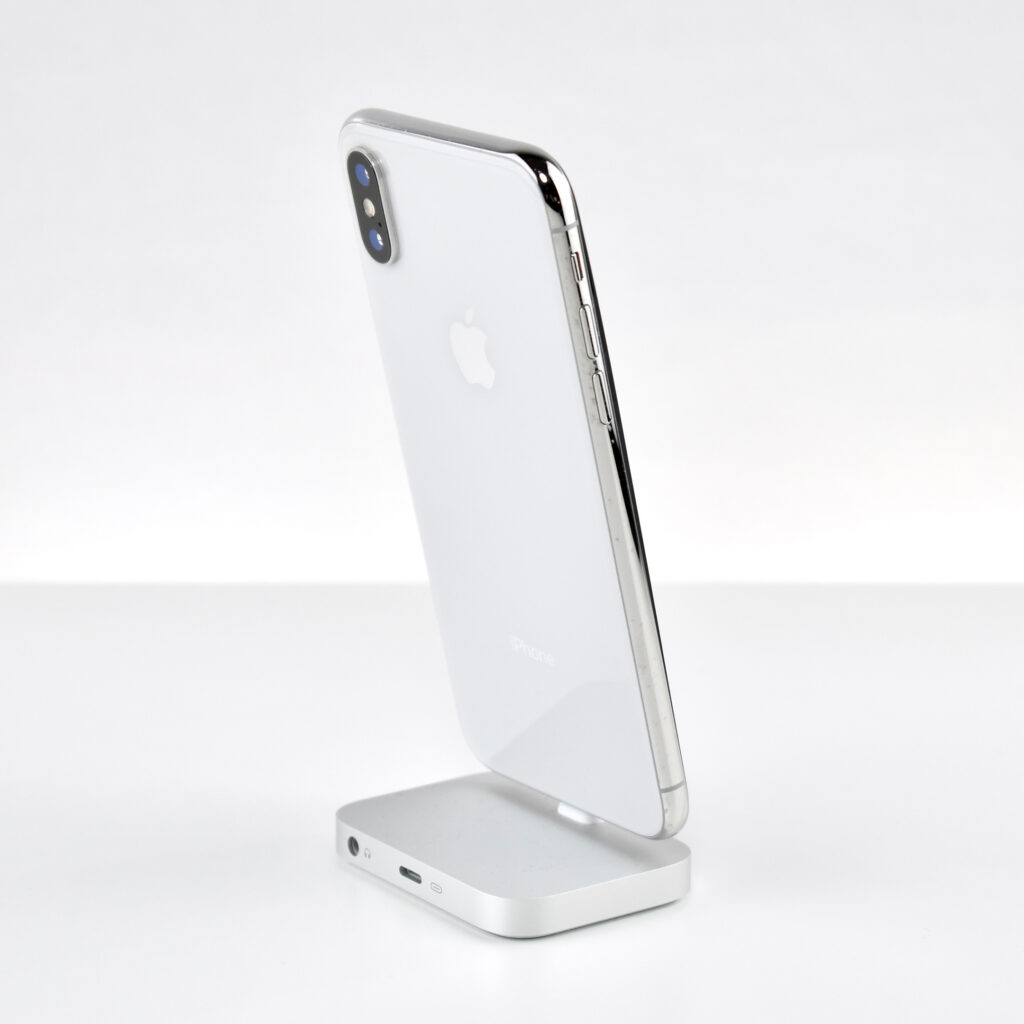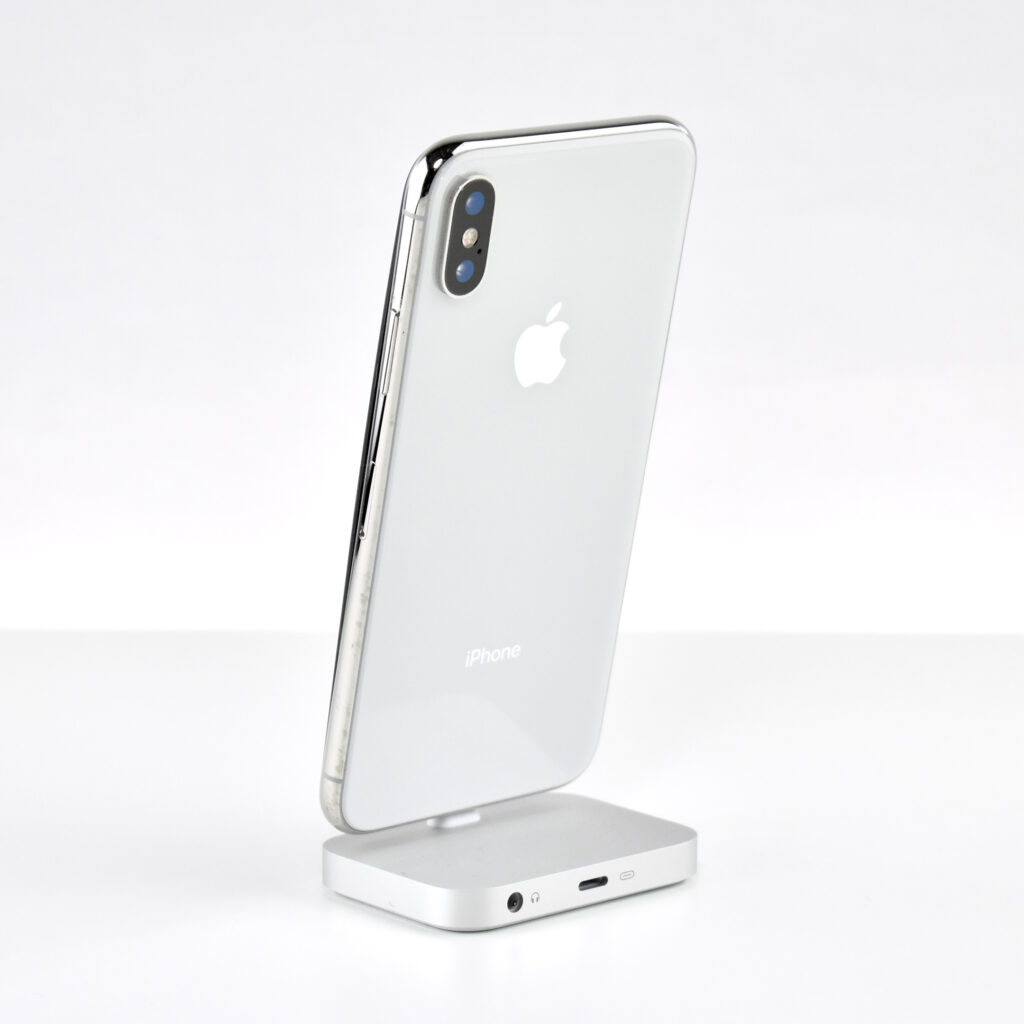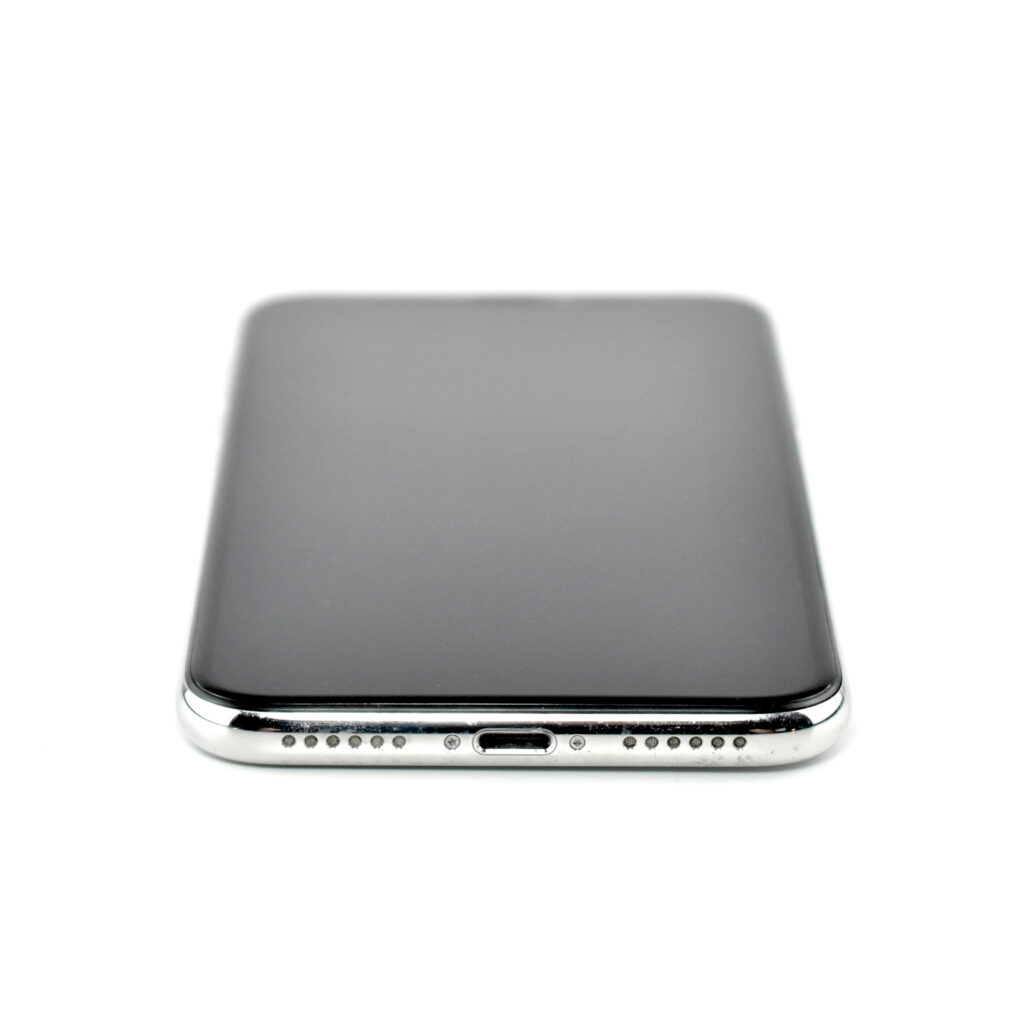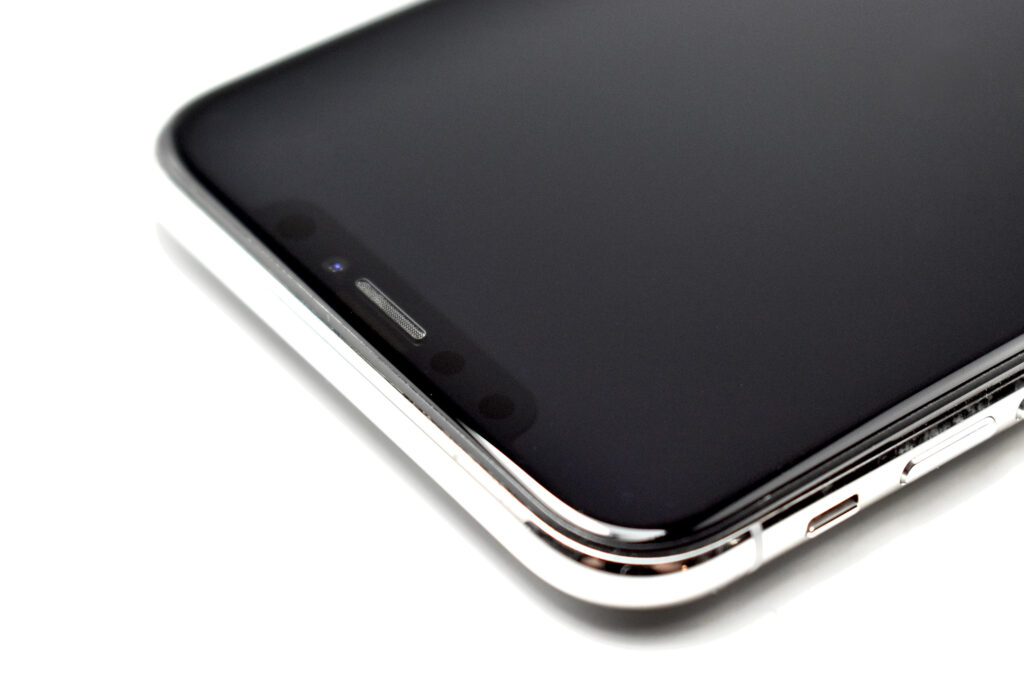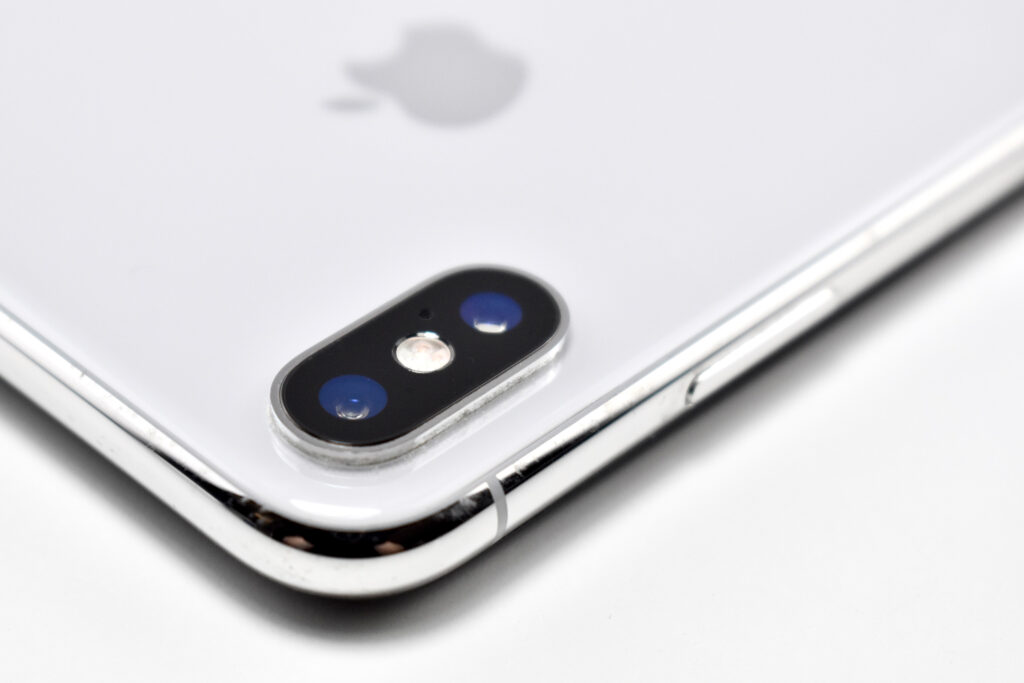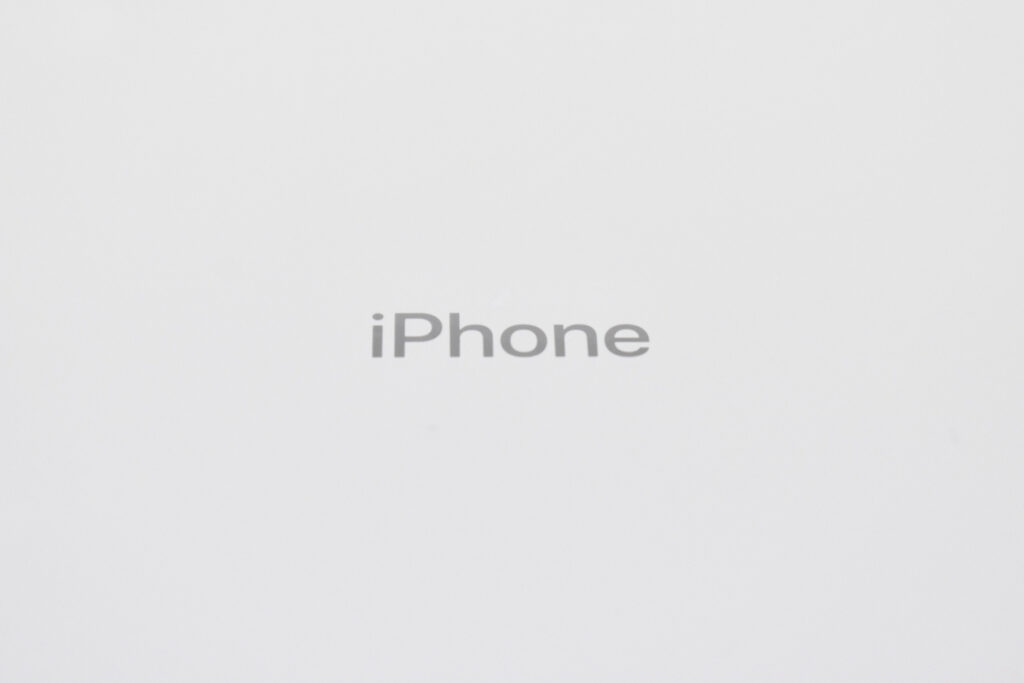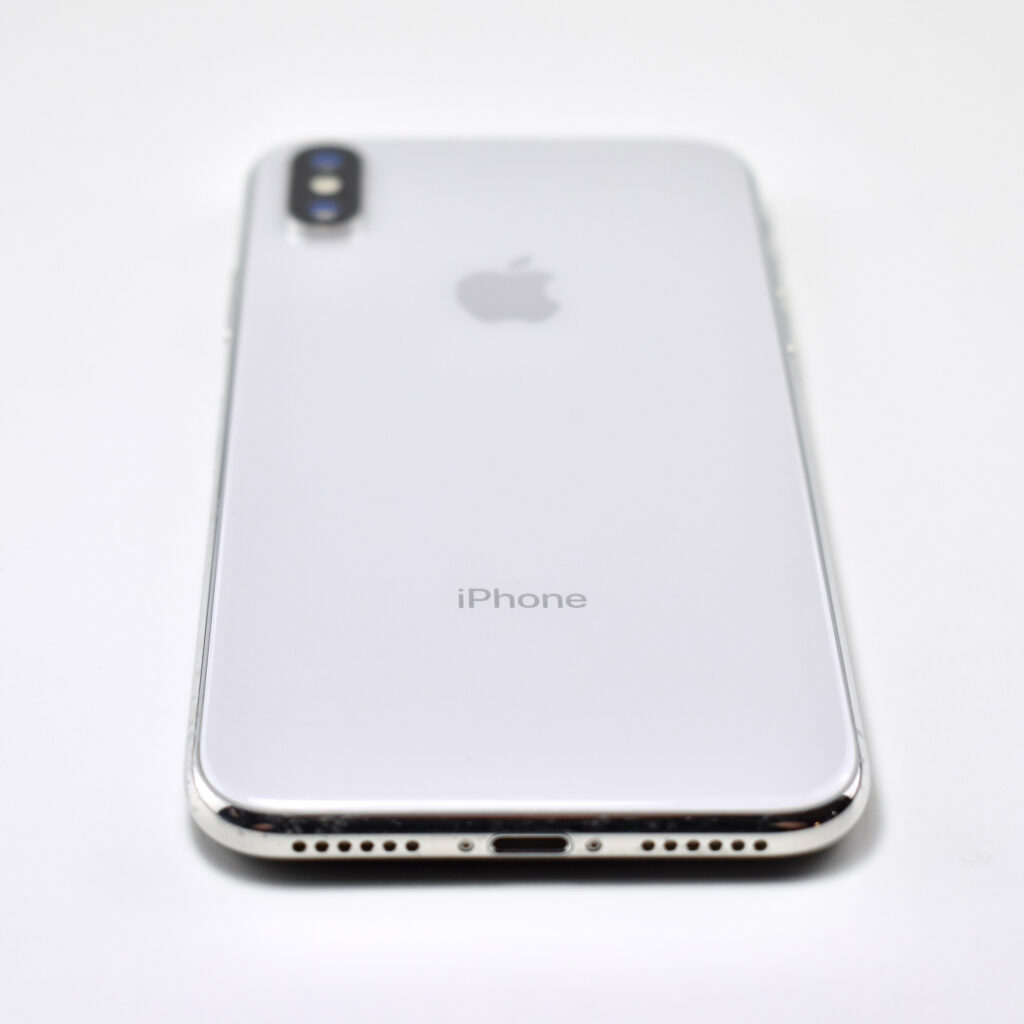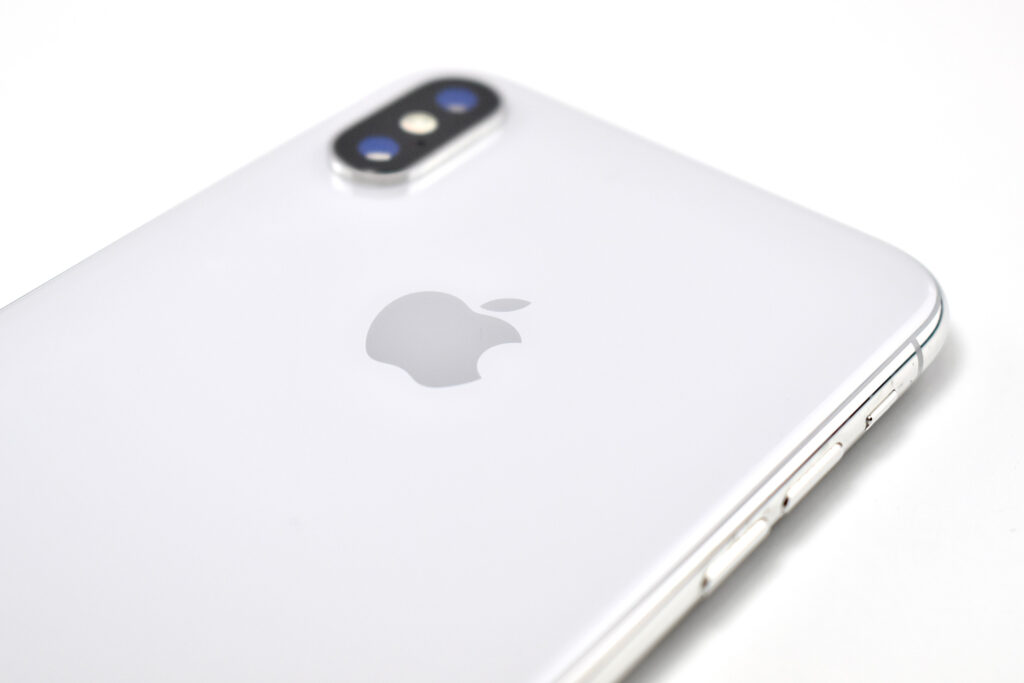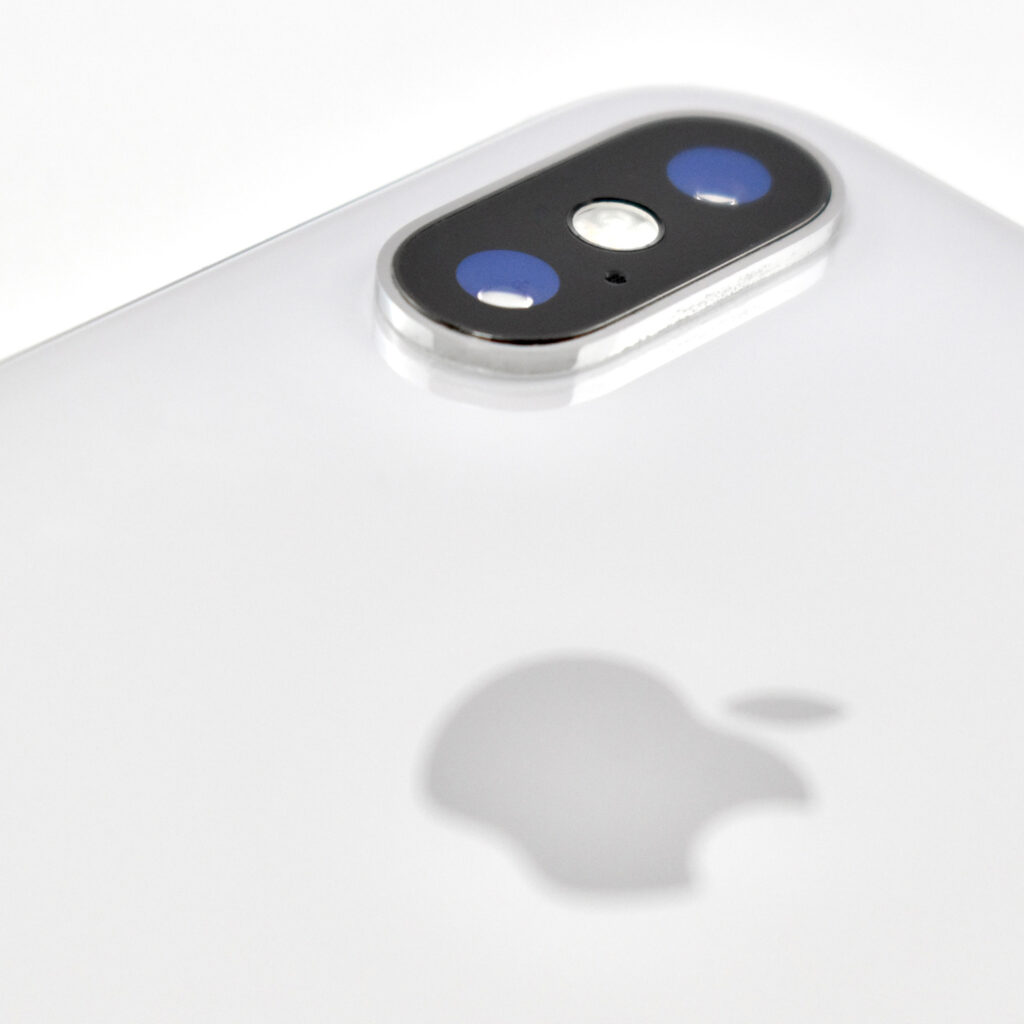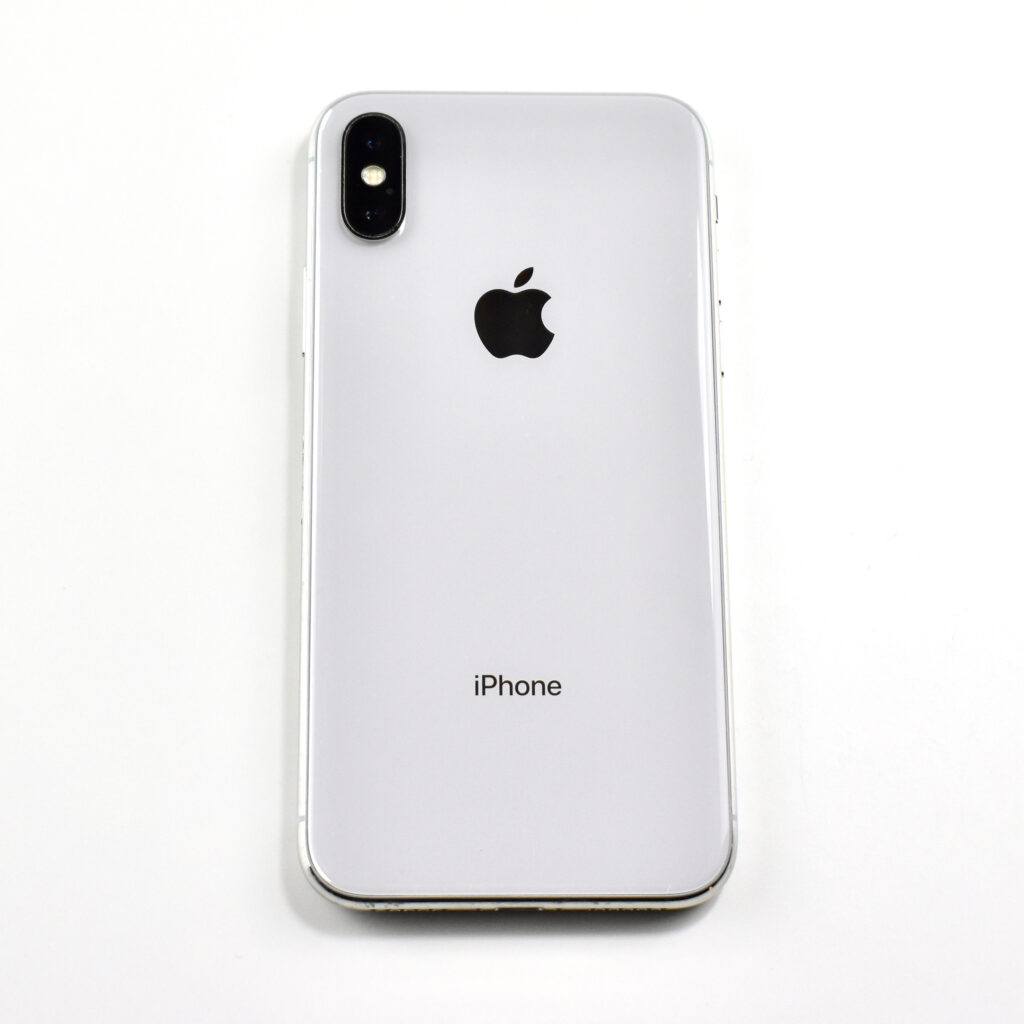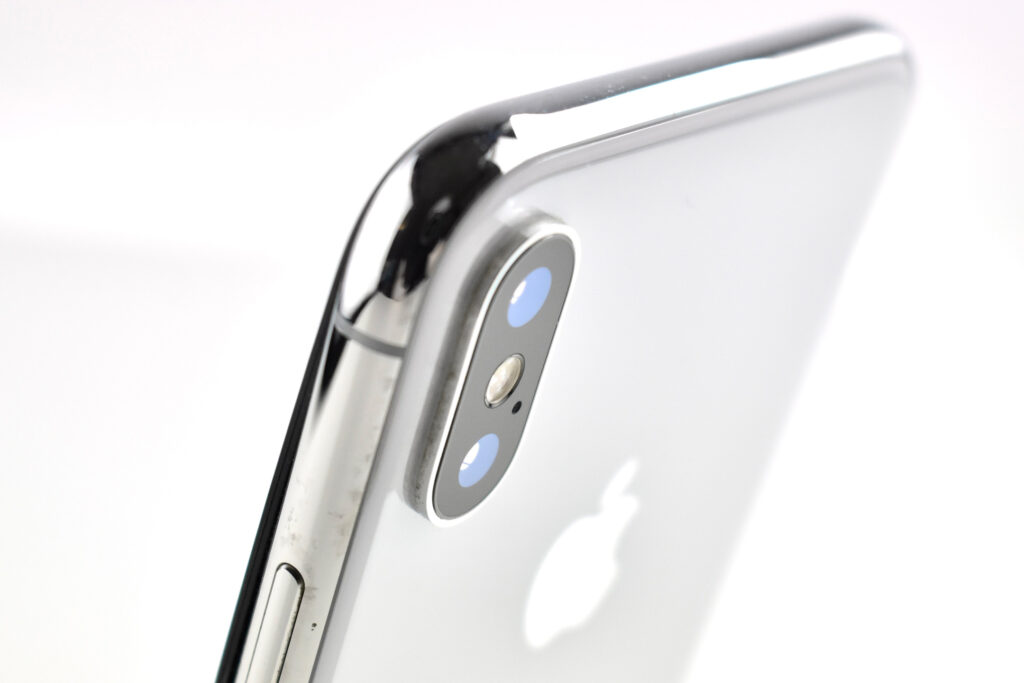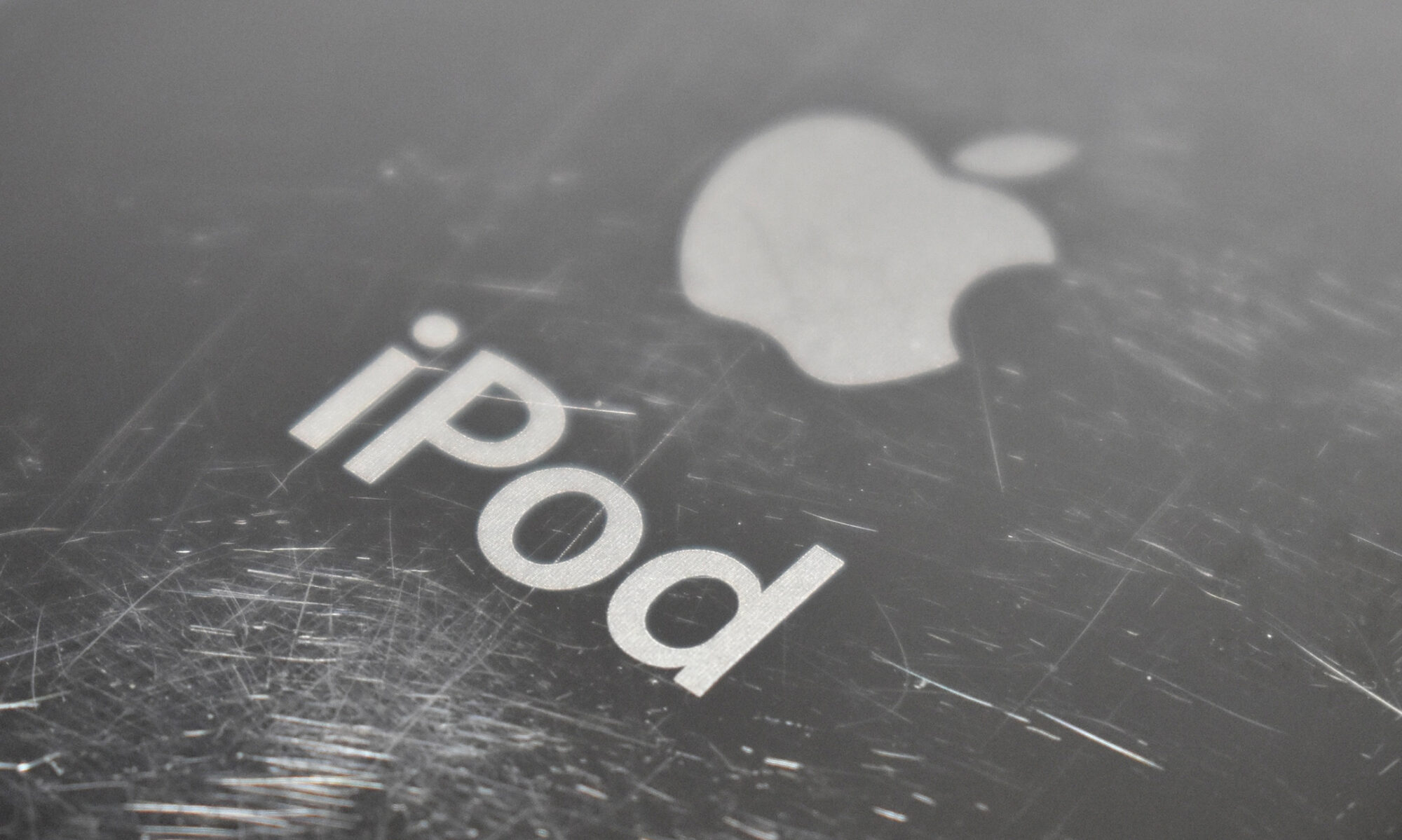The iPhone X was introduced ten years after the original iPhone and was described by Apple as “the future of the smartphone.” The iPhone used “X” in its name, pronounced “ten,” as a nod to Mac OS X—which also used the Roman numeral X and marked a major milestone in the evolution of the Mac operating system.
The iPhone X was announced on September 12, 2017, at the same time as the lower-cost iPhone 8, Apple’s base iPhone at the time. Somewhat curiously, Apple skipped the iPhone 9 model and continued naming its iPhone models after the iPhone X with typical numerals.
The iPhone X introduced many firsts, including:
- It was the first iPhone to use “a gorgeous all-glass design with a beautiful 5.8-inch Super Retina display,” removing the Home button and replacing it with a swipe-up from the bottom to unlock.
- The iPhone X was the first iPhone with an “all-screen” display. It used the “first OLED panel that rises to the standards of iPhone…for a more natural, paper-like viewing experience.”
- The iPhone X was the first to use FaceID to unlock, authenticate, and make payments. This technology was enabled by a “TrueDepth camera” that was “made up of a dot projector, infrared camera and flood illuminator…powered by A11 Bionic to accurately map and recognize a face.”
- The TrueDepth camera also allowed the iPhone X to bring “emoji to life in a fun new way with Animoji.” The camera “captures and analyzes over 50 different facial muscle movements, then animates those expressions in a dozen different Animoji, including a panda, unicorn and robot.”
- The iPhone X was the first iPhone to offer wireless charging using the Qi standard. “The glass back design enables a world-class wireless charging solution.”
- This iPhone introduced a “notch” design at the top-center to allow the display to stretch “edge-to-edge” and allow a place for the front camera system. The design choice was polarizing. The Verge wrote that “There’s a mix of surprise, sarcasm, and intrigue that Apple has chosen to go with a screen layout that leads to design compromises,” and added the oft-repeated speculation that “Steve Jobs would have never let that happen.”
The iPhone X was available in two colors, silver and space gray, and offered 64GB and 256GB storage options. This example is silver. The sides of the phone were described as “surgical-grade stainless steel [that] seamlessly wraps around and reinforces iPhone X.”
The Super Retina HD display was 5.8-inches diagonal at 2436 x 1125 resolution (458ppi). The device measured 5.65 inches (143.6 mm) high x 2.79 inches (70.9 mm) wide x 0.30 inch (7.7 mm) deep, and weighed 6.14 ounces (174 grams). Its A11 Bionic chip included a Neural engine that enabled artificial intelligence machine learning.
The iPhone X camera system featured a 6‑element lens with 12 Megapixel wide-angle and telephoto cameras. Portrait mode on the iPhone X introduced Portrait Lighting (listed as a “beta” feature in specifications). Other camera features included panorama (up to 63MP), autofocus, tap to focus, auto HDR (photos), auto image stabilization, burst mode, and geotagging. It could record video at 4K (24, 30, or 60fps), 1080p HD (30 or 60fps), or 720p HD (30fps) with features including optical image stabilization, slo‑mo video (1080p at 120 or 240 fps), cinematic video stabilization (1080p and 720p), and continuous autofocus. The front TrueDepth camera offered 7 Megapixel resolution, portrait mode, Portrait Lighting (beta), Animoji, and recorded video at 1080p HD.
The iPhone X included 6 sensors, including Face ID, barometer, 3-axis gyro, accelerometer, proximity sensor, and an ambient light sensor.
Like previous iPhone models, the iPhone X included a set of custom wallpapers, two of which were featured on the product’s packaging and prominently in advertisements. 9to5Mac reported that Spanish artist Ana Montiel created the art that inspired the iPhone X wallpaper set:
“‘Fields’ is the title of Montiel’s series of paintings and exhibit that explore ‘altered states of consciousness as vehicles to go beyond the easily perceived.’ The original digital paintings were transferred to canvas and museum quality prints, and the styling came to life this past fall when Apple introduced the iPhone X with three new live wallpapers…”
The Montiel work that most closely represents one of her original works was used on the Space Gray iPhone X packaging, titled “FIELDS 9 : Tactile Irreality” (2017), an archival pigment print measuring 100x70cm. I am honored to own one of Montiel’s original prints. The iPhone X version of FIELDS 9 uses an aspect ratio to fit the iPhone screen, and it is flipped upside-down from the original, presumably to allow the time and date to be optimally displayed on the iPhone. I have opted to hang it in its original format.
Sources: Apple (Newsroom, Tech Specs), The Verge, 9to5Mac, Ana Montiel
